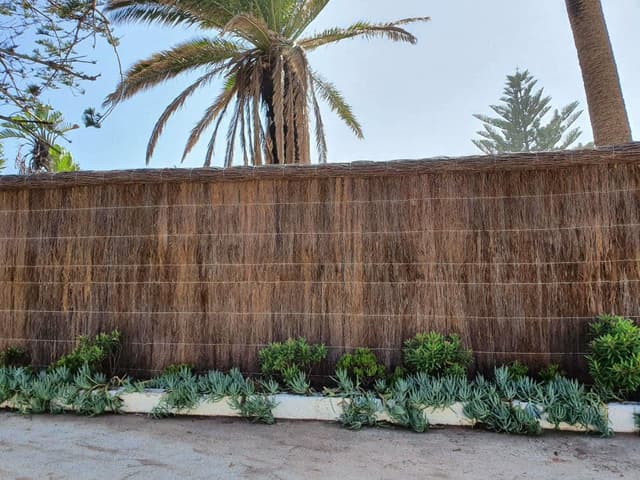Australia’s property market is shifting, and sustainable homes Queensland are at the forefront of this change. Rising energy costs and growing environmental awareness are leading buyers and investors to prioritise energy efficient, eco friendly properties. In 2025, these homes are not just a niche preference, they are shaping how Queensland’s real estate market grows and evolves.
Sustainable Homes Queensland Are Changing Buyer Priorities
Energy efficiency and sustainable design are no longer niche. Rising electricity and gas bills have buyers rethinking homeownership. A home with higher upfront costs but significantly lower running expenses is increasingly attractive.
Key sustainable features driving demand include:
- Solar panels and battery storage
- High performance insulation and glazing
- Passive solar heating and cooling
- Water saving measures and rainwater harvesting
- Smart home energy management systems
These features not only reduce living costs but also appeal to buyers conscious of their environmental impact.
How the Queensland Property Market Is Responding to Sustainable Homes
Recent data shows a strong uptake of sustainable homes in Queensland. New developments are highlighting energy ratings and green certifications, particularly in the Sunshine Coast, Ipswich, and other regional growth areas. Rentals with eco friendly credentials are also attracting tenants willing to pay premiums for reduced energy bills.
Investors See Opportunity in Green Homes
Investors are recognising the value of sustainable homes. Beyond lower operational costs, these properties often offer higher rental yields and better long term capital growth. The scarcity of energy efficient homes combined with government incentives makes them a compelling investment.
Hurdles to Widespread Adoption
Developing and scaling sustainable homes has hurdles:
- Higher upfront construction costs
- Inconsistent regulatory standards across councils
- Limited access to specialised green financing
- Lack of consumer awareness of long-term savings
- Infrastructure limitations, especially in regional areas
What Developers and Policymakers Can Do
To maximise uptake:
- Provide incentives for green building
- Educate buyers on cost savings and environmental benefits
- Standardise sustainability certifications
- Partner with energy providers for community battery schemes
- Offer green financing solutions
Sunshine Coast Shows the Potential
A new estate on the Sunshine Coast (hypothetical example) features solar ready rooftops, rainwater harvesting, cross ventilation, and smart energy dashboards. Early buyers report electricity bills up to 30 per cent lower than average. Investors market these homes as premium rentals, combining sustainability with cost savings.
What It Means for the Queensland Market
As sustainable homes become more mainstream, buyers may prioritise efficiency alongside location. Energy efficient homes can also ease pressure on the state’s electricity grid and contribute to carbon reduction targets. Suburbs prioritising green design may command higher property premiums over time.
Why Sustainable Homes Will Shape Queensland’s Property Market
In 2025, Queensland’s property boom is as much about sustainability as it is about land and location. Energy efficient homes offer long-term savings, investment opportunities, and environmental benefits. Buyers, investors, and developers who embrace this trend are positioning themselves for success in a conscious, cost aware market.












